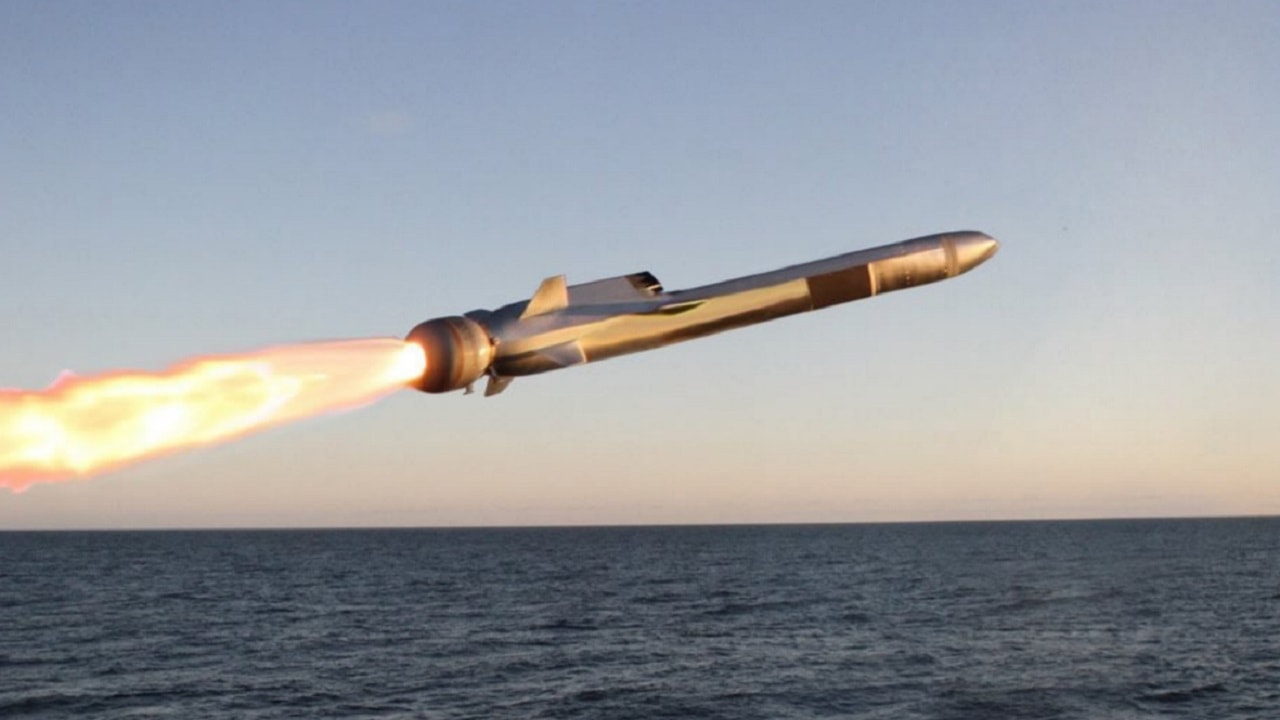Can anti-ship missiles save the day in Odessa? The Russians have numerous warships in the Black Sea spoiling for a fight and the Ukrainians have only tanks, multiple-launch rocket systems, and other artillery to defend the homeland. But is that enough firepower to win a decisive battle? Employing the potent Naval Strike Missile or Neptune anti-ship cruise missiles could better protect a key coastal city like Odessa that is feared to be the target of a future Russian amphibious attack. But is that really practical or even possible?
Has the Russian Attack Against Odessa Already Started?
On March 21, there were reports of a small Russian bombardment against Odessa that might have been conducted by Russian ships. This could be the beginning of more shelling and the Ukrainians would welcome Naval Strike Missiles and Neptunes to counter the threat.
The Naval Strike Missile is a Norwegian-made anti-ship missile that can be ship or shoreline-based. The Poles and Romanians have bought these from Norway’s Kongsberg Defence & Aerospace. The Neptune is a Ukrainian-made shore-to-ship missile that Kyiv is trying to rush to the battlefield.
Odessa Situation Worsening
Ukraine wants the Naval Strike Missile and Neptune system because the situation in Odessa is looking grim. A small number of Russian shells on Monday hit a residential area in Odessa in an attack that caused a building fire, but no reported casualties. This is the first time Ukraine’s third-largest city has been targeted by the Russians.
Odessa’s one million citizens are backed up by the Ukrainian Army’s 28th Mechanized Brigade. The brigade is finding the most attractive landing sites and placing their tanks and artillery to defend beachheads against the Russians.
The Port Is Critical to Ukraine
Odessa’s port is strategic, and more than 50-percent of Ukraine’s trade goes through it. Reuters reported on March 18 that at least seven Russian ships, including amphibious attack vessels, were 15 miles off the coast of Odessa.
“Due to its importance to the Ukrainian economy, a Russian capture of the port would represent a material and symbolic loss for Ukraine in the conflict,” Anne Debie, an analyst with maritime security company Dryad Global told U.S. News and World Report.
Get the Anti-ship Missiles to Odessa
A Naval Strike Missile, should the Poles and Romanians offer it to the Ukrainians, would be a highly-valued addition to Odessa’s defense. It is about 13-feet long and weighs 880 pounds, including a 276-pound fragmentation warhead. It can fly between 537 and 690 miles per hour low over the water to evade radar. The Naval Strike Missile, with its infrared seeker, can also execute random maneuvers to elude enemy defenses.
The Neptune anti-ship missile could also be the answer for Odessa if it can be prepared fast enough. The Ukrainians planned to have the system in Odessa’s hands by April. April is approaching and there are no reports yet of its deployment on the Black Sea coast. Six launchers with 72-missiles and their radar units are promised for the coastal city. That’s plenty of missiles to take out Russian ships. The Neptune has a high range of 180-miles. It is launched from an 8X8 truck and targeting can be conducted by drones.
Complicated Trade May Not Work
To get the Naval Strike Missile to the Ukrainians, the United States would have to be involved. It would be a complicated deal. The Americans would have to promise a delivery of their own Naval Strike Missiles from Norway to be diverted over to Poland and Romania, while the Poles and Romanians send their existing Naval Strike Missiles to Ukraine – effectively a high-stakes trade. This deal is likely a bridge too far.
Neptunes May Not Be Ready Before the Invasion
The best arrangement is to have the Neptunes be delivered to Odessa as soon as possible. The problem is that crews would have to be trained first. The Ukrainians have to quicken the pace and Russia will be prepping the battlefield and likely targeting neighborhoods with naval bombardment. The Naval Strike Missile and the Neptune system may not arrive fast enough to thwart the Russians.
Now serving as 1945’s Defense and National Security Editor, Brent M. Eastwood, PhD, is the author of Humans, Machines, and Data: Future Trends in Warfare. He is an Emerging Threats expert and former U.S. Army Infantry officer. You can follow him on Twitter @BMEastwood.

